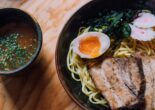If you are looking for the best convenience store egg salad sandwich, you will discover that FamilyMart, Lawson, or 7-11 are the wrong places to look. There are different convenience store chains to check out. Read more here.
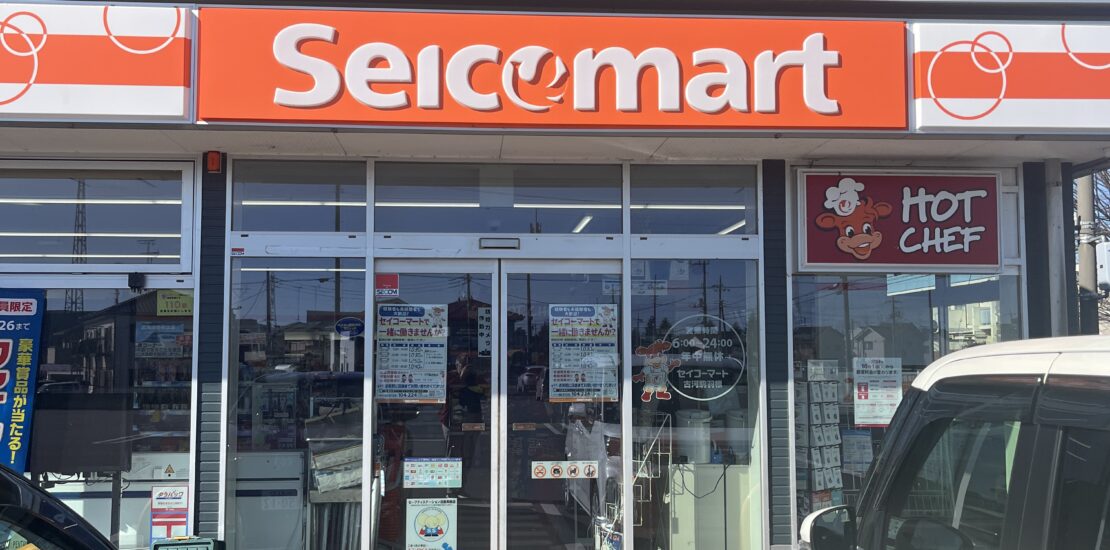
Japan is the promised land of convenience store chains. With the exemption of the most outlying islands in Okinawa, you will find FamilyMart, Lawson, and 7–11 anywhere. Some of them have become so famous that they have become tourism targets in themselves, like the Lawson store in Kawaguchiko that has Mt Fuji as a backdrop.
But while the convenience stores of those big chains are anywhere, there are other convenience store chains in Japan. In some parts of the Tokyo suburbs, you will run across different branded stores. They do not have the standardized goods of the bigger convenience store chains, and their focus may be different.
The Bakery Convenience
The Daily Yamazaki chain is part of the Yamazaki group, the largest bakery (or maybe bread factory is more appropriate) in Japan. When bread was still not a daily part of the Japanese diet, Yamazaki pioneered micro-distribution to the thousands of mom-and-pop stores that sprung up during the Showa era. You may have seen the signs, often on shuttered and closed stores, advertising Yamazaki bread.
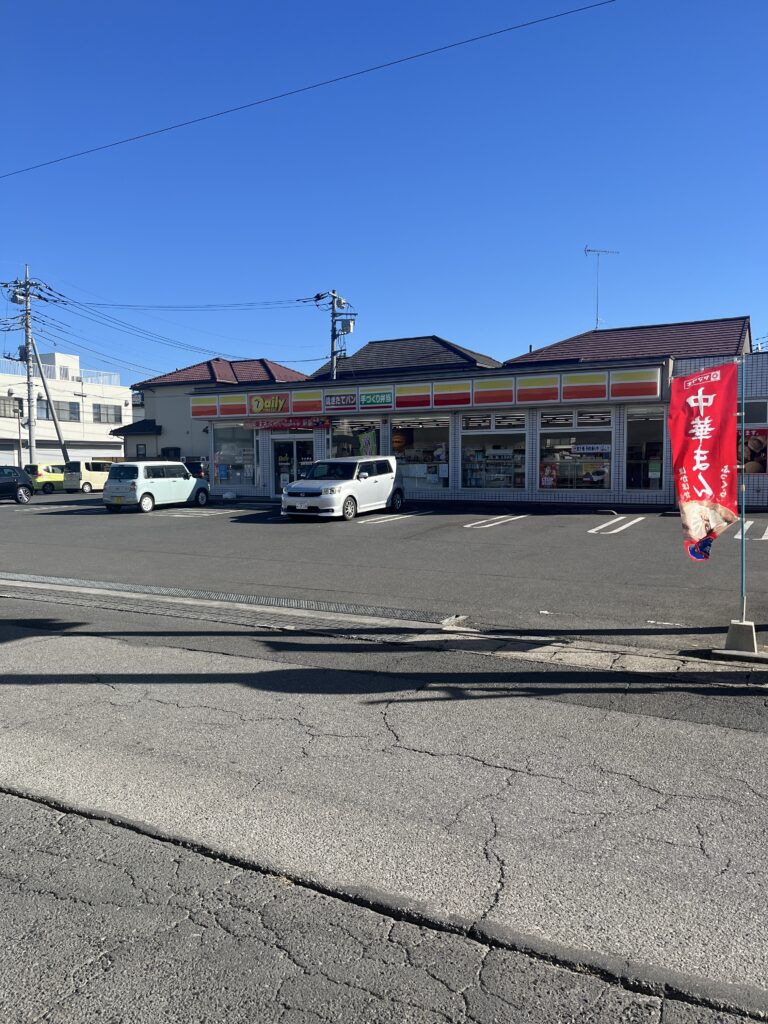
Today, Yamazaki bread is still ubiquitous, sold in literally all supermarkets in Japan. The offerings include not only the white soft bread that made the company name, but also various other baked goods, and the ”lunchpack” sandwiches with a filling enclosed in a bread pocket.
Everything from soup to nuts
The Daily Yamazaki stores, however, do not just sell industrially baked white bread. Apart from everything else you would expect in a Japanese convenience store — from snacks and magazines to an ATM, copier, and drinks (alcoholic and non-alcoholic), they have three things that make them different: freshly baked bread, fresh onigiri, and a different assortment of groceries. They have tofu you probably have never seen before, fresh vegetables, and rice crackers and biscuits — also made by the Yamazaki bakeries.
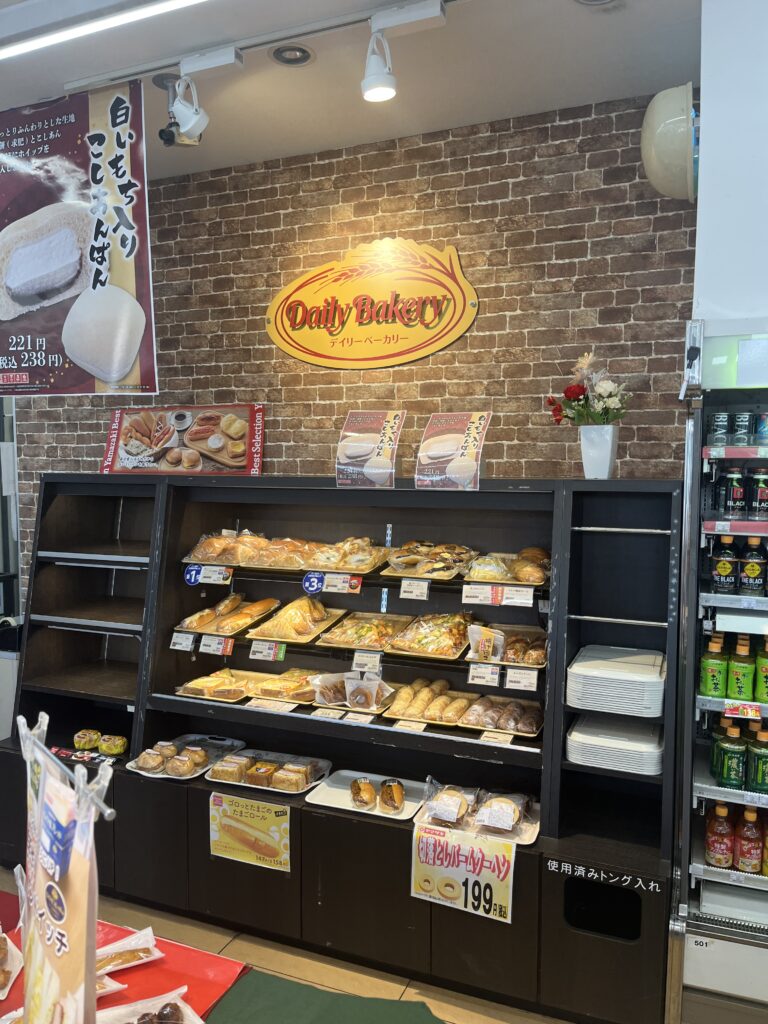
But the reason to look for the stores is the bread. Baked fresh in the store, starting in the early morning. It is very similar to other types of freshly baked fancy bread, with open breakfast sandwiches featuring bacon and eggs a favorite. The best value is however the salt bread buns (shio pan), which can compete with any fancy bakery.
Egg salad sandwich winner
The prize winner in the Daily Yamazaki stores is, however, the egg salad sandwiches. Egg salad is a popular filling in Japanese convenience store sandwiches, but here it is combined with freshly baked bread and the Yamazaki egg salad, at once creamier and with lots more eggs than their competitors. If you are feeling hungry, making a detour to the Daily Yamazaki for the egg sandwiches is worth it.
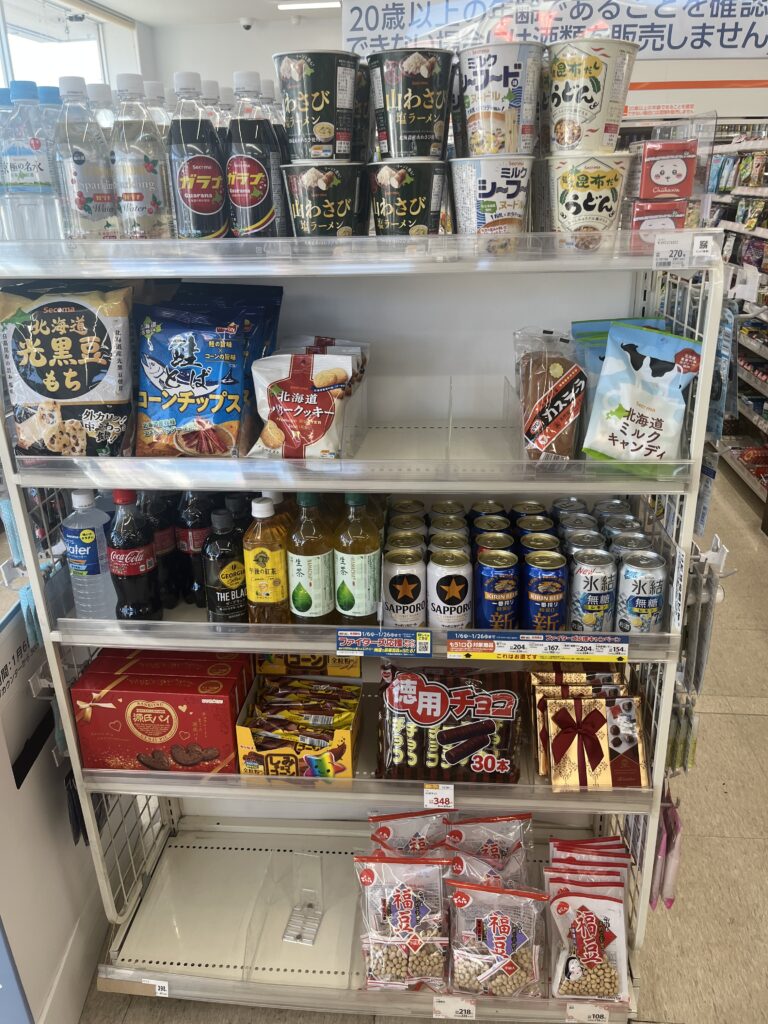
The next brand of convenience stores you have never heard of is Seicomart. This chain is headquartered in Hokkaido, and its stores are full of Hokkaido merchandise. Since the island is famous for its rich and tasty milk, anything made with cream or milk will be extra tasty.
Better Convenience Store Ice Cream
Their ice creams are much better than anything you will find in other convenience stores, and so are other agricultural products — potato chips, crackers, anything that can be transported from Hokkaido with a reasonably long shelf life. The store-brand potato chips are much better than anything you will find in other convenience stores, made from fresh Hokkaido potatoes (another famous island export).
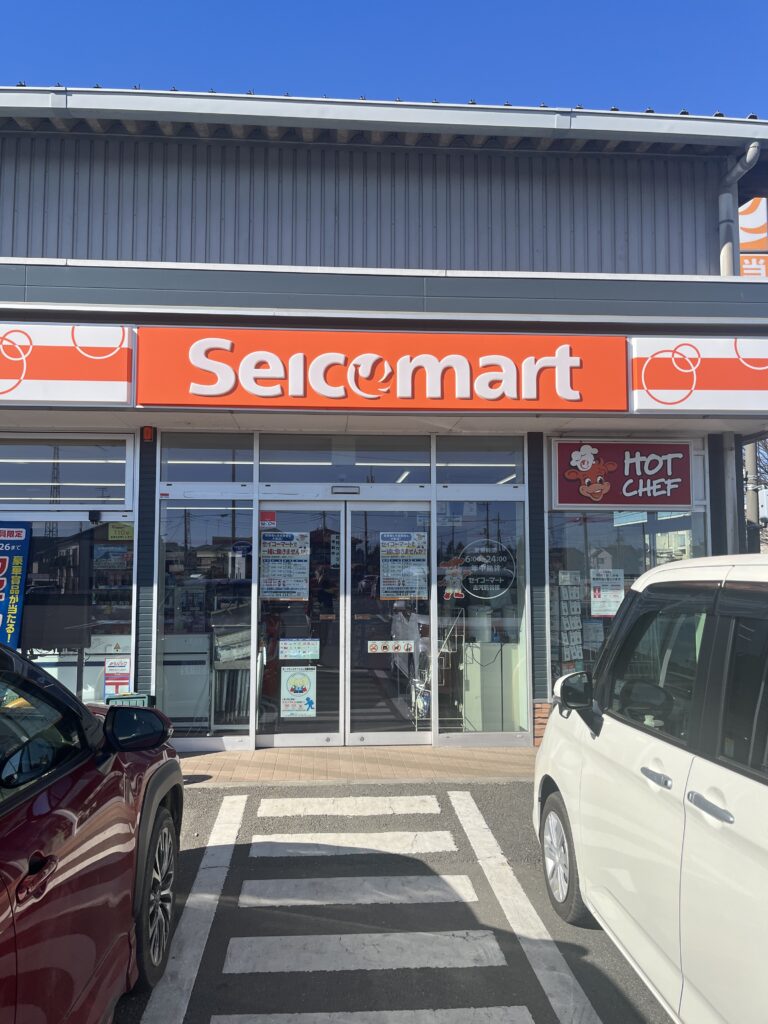
But in Hokkaido, an island with much more snow and much colder weather than the rest of Japan, the Seicomart stores are famous for something else: Their hot food selection. It even has its own brand, ”Hot Chef” (although the cow on the signs neither looks especially hot or like a chef).
Piping Hot Katsudon
Here, you will find piping hot food. Much hotter than the selection in other convenience stores, and tastier. Rather than keeping the food hot on a rack, they cook it for every customer.
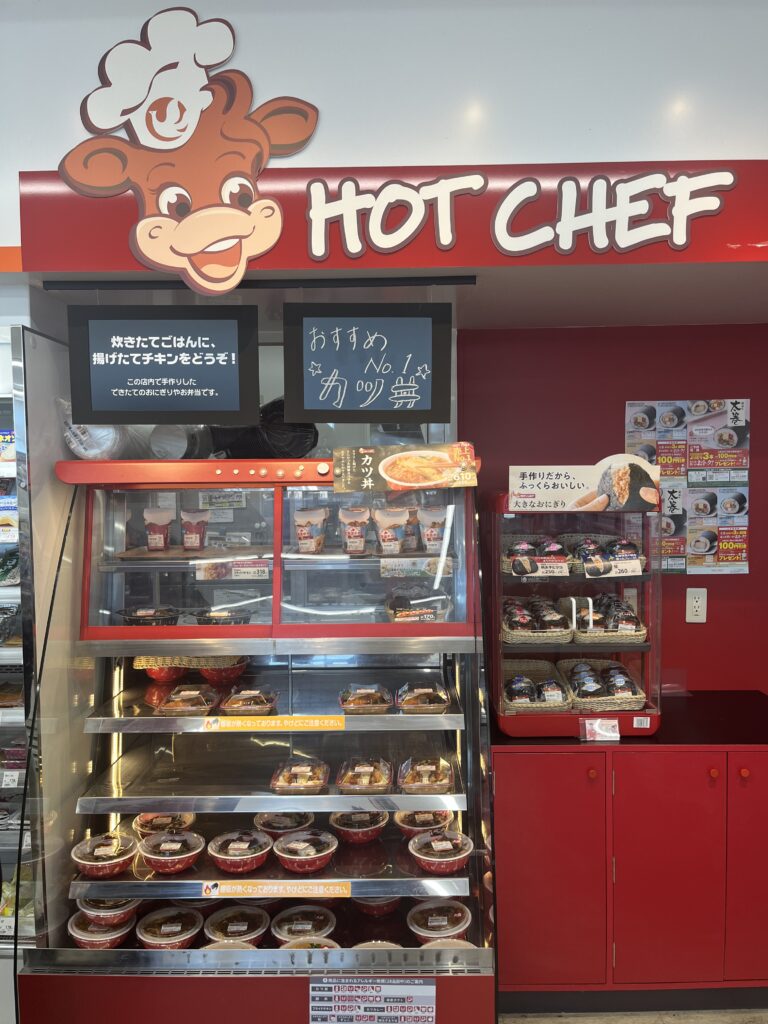
Well, cooking may be an overstatement, it is all frozen and heated in the fryer or microwave. Still, it is done just for you. This includes not only the common Karaage, but also potato wedges, frankfurters, pies, and even Katsudon. All ready to be served — piping hot.
The third convenience store brand you have never heard of is Ministop, but this is much more famous than the other two, for a simple reason: Their desserts.
Abandoned dessert only at this Convenience Store
Ministop is (now) part of the Aeon group, which runs shopping malls, department stores, and grocery stores across the country. They have gradually changed the profile of Ministop to be more like any convenience store, although they still have their signature desserts.
Twenty years ago, that was all they had. You would stop by a Ministop to get a dessert. And the stores usually had a place to eat it, even the smaller stores. Not anymore.
Still Scrumptious Jellies
The desserts at Ministop are still as scrumptious and inventive, though. Often very simple, based on soft cream with a jelly and syrup sauce, they manage to bring out the tastiest in each combination, usually relating them to seasons. There will be a Hawaiian sundae-like dessert in early summer, a pineapple combination as the heat hits, and something with chocolate and a cherry on top as the year edges toward Christmas.
That they are part of the Aeon group means you will find them in big grocery stores too, if not a full convenience store at least a Ministop-branded coffee corner.
In-station Exclusive Convenience
If you are taking the train, chances are that you will run into another convenience store chain. Inside the stations, the JR-owned Newsdays stores provide nearly everything that other convenience store chains have — except copiers and ATMs. And some places have it too.
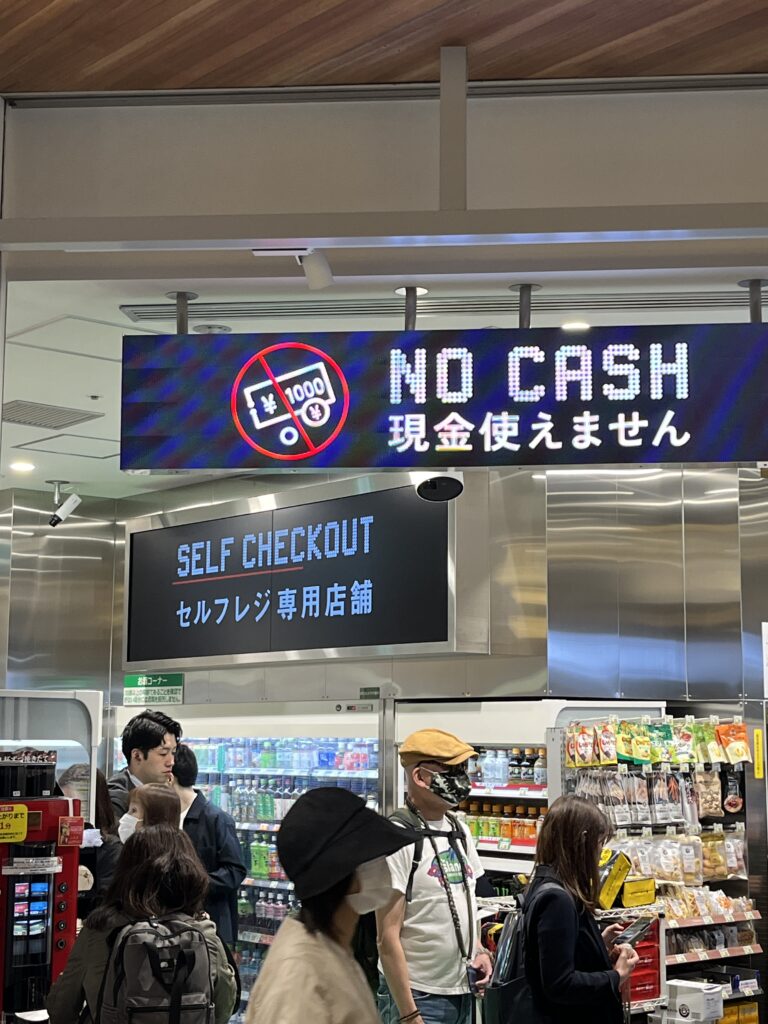
The Newdays stores are smaller than other convenience stores, due to the confined space in the stations. Sometimes, they are little more than a kiosk. While the selection is a bit smaller than other similar grocery store chains, they usually have something the other convenience stores do not have: Local specialties.
Every town in Japan has some local specialty, and in a country where many cities hark back to the Heian era more than 1200 years ago, they have had time to develop different kinds of food. One of the delights of traveling with the train through Japan is discovering this variety.
Stay tuned for more exciting content like this! Follow us on our social media platforms and check out our blog regularly to stay updated on the latest news, trends, and insider stories from Japan. Don’t miss out on future updates—sign up for our newsletter for exclusive content delivered straight to your inbox!
Related Articles
Warning: Undefined array key "sfsi_threadsIcon_order" in /home/veremosglobal/tokyoroomfinder.com/public_html/blog/wp-content/plugins/ultimate-social-media-icons/libs/controllers/sfsi_frontpopUp.php on line 165
Warning: Undefined array key "sfsi_blueskyIcon_order" in /home/veremosglobal/tokyoroomfinder.com/public_html/blog/wp-content/plugins/ultimate-social-media-icons/libs/controllers/sfsi_frontpopUp.php on line 170
Warning: Undefined array key "sfsi_bluesky_display" in /home/veremosglobal/tokyoroomfinder.com/public_html/blog/wp-content/plugins/ultimate-social-media-icons/libs/controllers/sfsi_frontpopUp.php on line 266

